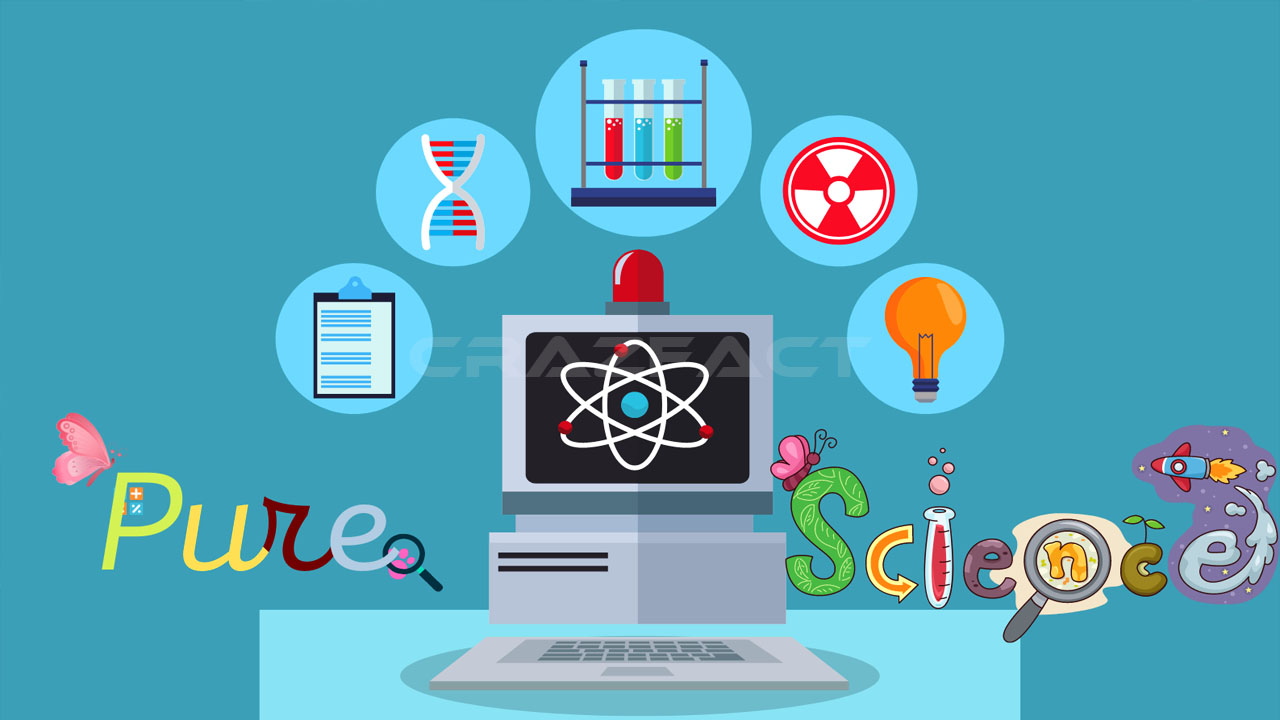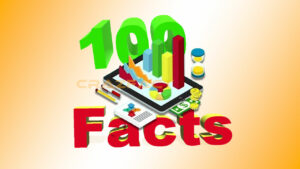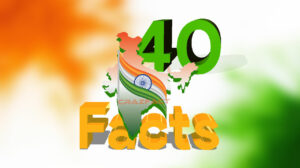Technology refers to the tools, methods, and systems that are created by humans to solve problems or make tasks easier to accomplish. It can include things like computers, smartphones, the internet, and various software programs. Technology is constantly evolving, and new innovations are being developed all the time to improve our lives.
Science, on the other hand, is the study of the natural world through observation, experimentation, and analysis. It seeks to understand the underlying principles and laws that govern the universe, from the smallest subatomic particles to the largest galaxies. Science is often divided into different fields, such as physics, chemistry, biology, and astronomy, and scientists in each of these fields work to advance our knowledge and understanding of the world around us.
Technology and science are closely related, as new scientific discoveries often lead to the development of new technologies. For example, advances in computer science have led to the creation of powerful computers and sophisticated software programs that are used in a variety of industries. Similarly, new discoveries in materials science have led to the creation of stronger, lighter, and more durable materials that are used in everything from construction to aerospace.
Overall, technology and science play crucial roles in shaping our modern world and will continue to do so for years to come.
- The first computer mouse was made of wood.
- The first smartphone was created by IBM in 1992.
- The first website went live on August 6, 1991.
- The first electronic computer was invented in 1939.
- The first webcam was used to monitor a coffee pot at the University of Cambridge.
- The first video game was created in 1958.
- The first digital camera was created in 1975.
- The first 3D printer was created in 1984.
- The first text message was sent in 1992.
- The first search engine was created in 1990.
- The first email was sent in 1971.
- The first handheld mobile phone was demonstrated in 1973.
- The first satellite was launched into space in 1957.
- The first commercial jet airliner was the Boeing 707.
- The first successful heart transplant was performed in 1967.
- The first MRI scan was performed in 1977.
- The first electric car was invented in the 1830s.
- The first website domain name was registered in 1985.
- The first computer virus was created in 1986.
- The first-gigabyte hard drive was introduced in 1980.
- The first computer language was developed in the 1950s.
- The first Apple Macintosh computer was introduced in 1984.
- The first video cassette recorder was introduced in 1971.
- The first CD was created in 1982.
- The first modern computer was built in 1941.
- The first web browser was introduced in 1993.
- The first USB flash drive was introduced in 2000.
- The first successful spacewalk was conducted in 1965.
- The first nuclear power plant was built in 1954.
- The first successful clone of an animal was produced in 1996.
- The first touchscreen phone was introduced in 1992.
- The first commercial airline flight took place in 1914.
- The first electric power station was built in 1882.
- The first programmable computer was invented in 1936.
- The first color television was introduced in 1953.
- The first MP3 player was introduced in 1998.
- The first GPS system was introduced in the 1970s.
- The first social networking site was created in 1997.
- The first computer game console was introduced in 1972.
- The first successful laser surgery was performed in 1961.
- The first telegraph message was sent in 1837.
- The first email spam was sent in 1978.
- The first lunar landing was in 1969.
- The first personal computer was introduced in 1975.
- The first ATM was installed in 1967.
- The first online shopping transaction took place in 1994.
- The first commercial video game was called Pong and was released in 1972.
- The first MRI machine was made using a discarded magnet from a junkyard.
- The first successful human-to-human heart transplant took place in 1967.
- The first computer virus was created by a student who was trying to create a program that would copy itself to other computers.





